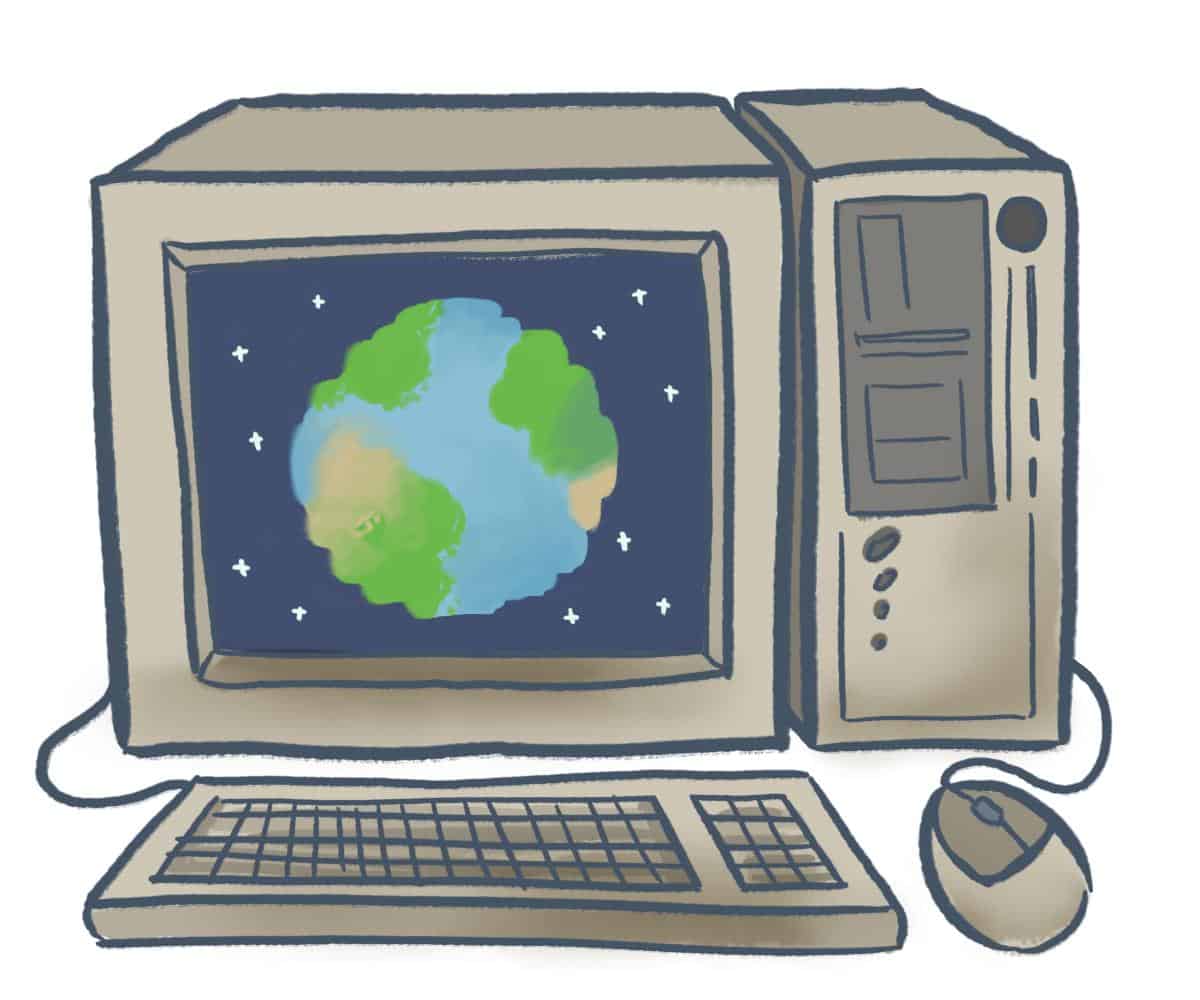March 12 marked the 30th anniversary of the World Wide Web. Three decades after its invention, it continues to transform the world by linking people using words, pictures, sounds, and all other digital media.
How did Canada become connected to this information superhighway?
The World Wide Web and the internet
In March 1989, Timothy Berners-Lee, then a software engineer at the European Organization for Nuclear Research Council (CERN), wrote a report titled “Information Management: A Proposal” which detailed his vision for an interconnected web of computers.
Berners-Lee felt that it was too difficult to access information at CERN because it was physically spread out across different computers. He realized that he could use existing internet infrastructure to share information on a large scale between computers.
People often conflate the World Wide Web and the internet, but the internet existed decades before Berners-Lee’s invention. The web as we know it today is all the images, videos, and webpages that can be accessed with a web browser, whereas the internet is the network connection that allows us to access the web.
“The Internet… refers to a much older technology,” explained Dr. Brett Caraway, Assistant Assistant Professor in UTM’s Institute of Communication, Culture, Information, and Technology, in an email to The Varsity. The internet can be traced to 1969, said Caraway, and its decentralized way of routing messages contrasts greatly with the centralized systems of traditional telephone networks.
By 1990, Berners-Lee had developed three key technologies that would make up the foundation of the web: HyperText Markup Language would be the formatting language for the web, Uniform Resource Identifiers would refer to the addresses of World Wide Web pages, and HyperText Transfer Protocol would allow users to retrieve linked resources from across the web.
The web comes to Canada
The first website went online in December 1990, and on August 6, 1991, the World Wide Web became publicly available.
A few years later, several Canadian companies and government agencies ventured to become a part of the web.
The world’s first search engine was Canadian, developed in 1990 by Alan Emtage, Bill Heelan, and Mark Parker at McGill University. Dubbed “Archie,” it was used to search for files on anonymous File Transfer Protocol sites.
The web in its earliest phase was a collection of text-based sites created by a handful of organizations who had the technical ability to create them. Today, the web has evolved into a complex interactive front where creating user-generated content requires little skill and populates a multitude of web pages, including social media sites.
“The conundrum that this remarkable availability presents us with is a signal-to-noise ratio problem,” noted Caraway. “Trying to figure out who or what to listen to is more challenging than ever. And that basic problem is amplified in any number of political, economic, social, and cultural arenas.”


